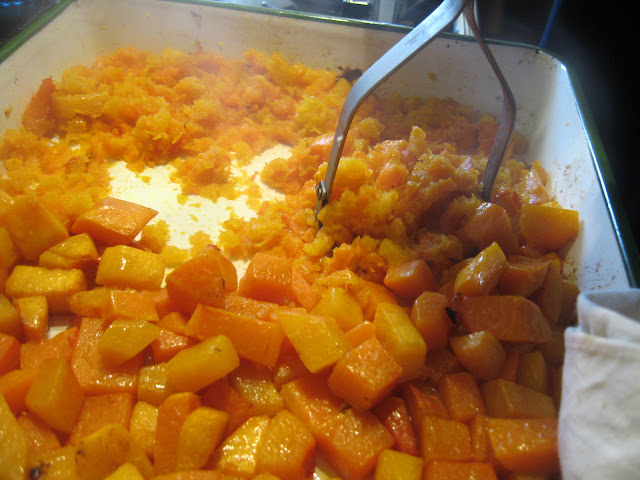Nothing rings in the lighter evenings like a camping expedition complete with smoke-swathed open fire. Despite the weather, we met up with some friends up North and we needed something to feed the masses al fresco at the lovely Cronkshaw Fold Farm. Given the horrendous wet weather and cool breezes, risotto seemed to fit the bill very well in terms of belly-filling and easy multiplication for a large party. The rain clouds parted for a brief interval so the pan was finished off over the barbecue while everyone drank Parchers (Pimms and Archers schnapps mixed with lemonade, obviously...).
Our night under canvas was somewhat scuppered by the heavens opening as we chomped our way through pudding. The hardened (and particularly warm-blooded) members of the gang earned kudos and man points by slumbering al tento though I must admit that The Boy and I retired to the protection of the farm house to find nocturnal shelter from the deluge.
Wild garlic is still in season and if you're fortunate enough to catch it before it flowers, it's a fantastic free ingredient. It's plentiful in hedgerows and the countryside in general so pick it while you can. You can find lots of friendly faces online who are willing to through in their tuppence-worth on how to identify and pick this pungent delight. The purée featured below makes a fantastic addition to your fridge jar collection as its incredibly versatile. Whisk it into salad dressings, stir through pasta or fold into pesto for a grassy, garlic hit.
Butternut Squash Risotto with gorgonzola and wild garlic purée
Serves four (but easily multiplied for a larger party, as I did)
For the risotto
1 medium-sized butternut squash, halved with seeds removed
1 onion, finely diced
2 carrots, finely diced or grated
2 clove garlic, peeled
300g risotto rice
160ml white wine or dry vermouth (or a splash of white wine vinegar)
1l vegetable stock
50g butter
50g parmesan, grated
125g gorgonzola
For the purée
120g (several large handfuls) fresh wild garlic leaves, washed
50ml olive oil
- Preheat the oven to 190C. Peel and chop the squash into 1.5cm chunks. Pop them on a non-stick baking tray with the garlic cloves and stick them in the oven for 30 minutes or so while you make the risotto. Check the squash every so often and turn it with a spoon to ensure that it cooks evenly. The squash is cooked when its soft when pressed, slightly golden and starting to caramelise around the edges.
- Heat a large pan of boiling water and drop the wild garlic leaves into it. Leave them to soak for a mere ten seconds then remove them and plunge into cold water for a minute or two and drain.
- Blitz the leaves with olive oil in a food processor until smooth.
- Heat a little oil in a heavy-based saucepan and sweat the onion and carrot until soft and sweet.
- While you wait, heat up your stock so that it is warmed through and keep it on a low heat.
- Tip in the rice and stir until it has absorbed all of the juices of the vegetables in the pan. Pour in the wine (or vinegar) and keep stirring while that absorbs to ensure that the rice doesn’t stick.
- Add the hot stock a ladleful at a time, stirring until all of the liquid is absorbed before adding more.
- Check the butternut squash, which should be cooked through. (If it isn’t, cover the risotto and turn off the heat below it.) Mash half of it with the garlic cloves to a course purée and stir this into the risotto with the butter and parmesan. Fold in or top with the rest of the roasted squash, dot with wild garlic purée and sprinkle with chunks of gorgonzola.
Do you love risotto? It's fantastically versatile! Why not try a classic butternut squash risotto, sweet and fresh pea risotto or nutty seasonal asparagus risotto.










